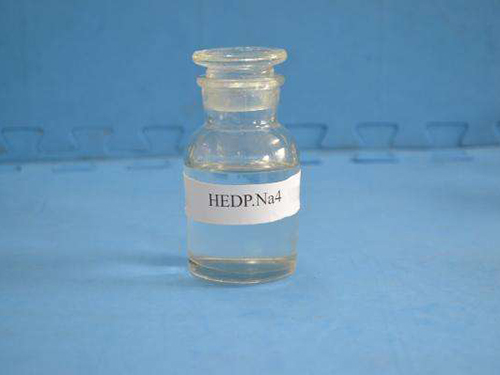polyacrylamide p3
The Role of Polyacrylamide in Modern Applications
Polyacrylamide, a synthetic polymer derived from acrylamide, has garnered significant attention in various fields due to its versatile properties and applications. With its unique characteristics such as high absorbency, gelation capabilities, and chemical stability, polyacrylamide plays a crucial role in sectors ranging from agriculture to environmental management and biotechnology.
Structure and Properties
Polyacrylamide is primarily composed of repeating acrylamide units, which can crosslink to form a three-dimensional network. This structure allows polyacrylamide to hold large amounts of water, making it an effective water-retaining agent and a valuable resource in agriculture. Its ability to form hydrogels also makes it useful in a variety of other applications, including the preparation of soft contact lenses and the creation of drug delivery systems.
One of the notable features of polyacrylamide is its tunability. By adjusting the concentration of acrylamide and the presence of crosslinking agents, manufacturers can control its molecular weight and degree of hydrolysis, allowing for custom formulations tailored to specific applications. This versatility is a major factor in the widespread use of polyacrylamide.
Agricultural Applications
In agriculture, polyacrylamide is extensively used as a soil conditioner. Its water-retaining capability helps to improve soil structure, reduce erosion, and enhance the efficiency of irrigation. By retaining moisture in the soil, polyacrylamide can significantly reduce water loss, which is particularly beneficial in arid regions where water scarcity is a pressing concern. Furthermore, it promotes better crop growth and can lead to increased agricultural yields.
The polymer is also employed in the formulation of fertilizers and pesticides, allowing for controlled release and enhanced effectiveness. This approach not only improves agricultural productivity but also minimizes environmental impact by reducing the leaching of chemicals into the soil and water systems.
polyacrylamide p3

Environmental Management
In environmental science, polyacrylamide is a key player in wastewater treatment processes. Its ability to form flocs—aggregates of particles—makes it an essential agent for coagulation and sedimentation. When added to wastewater, polyacrylamide binds with suspended solids and facilitates their removal, resulting in clearer and cleaner effluents. This application is critical in industries such as mining, paper production, and municipal wastewater treatment, where the reduction of pollutants is essential for environmental protection.
Ahead of its use in wastewater treatment, researchers have also begun exploring polyacrylamide’s potential in soil remediation. Its properties can help stabilize contaminated sites by binding heavy metals and organic pollutants, making it easier to manage and treat contaminated land.
Biotechnology and Medical Uses
In the realm of biotechnology, polyacrylamide is widely utilized in gel electrophoresis, a technique used to separate DNA, RNA, or proteins based on size and charge. Polyacrylamide gels provide a stable medium that allows researchers to analyze and visualize biomolecules effectively. This application is integral in molecular biology, genetics, and biochemistry research.
Additionally, polyacrylamide-based hydrogels have emerged as promising materials for drug delivery systems and tissue engineering. Their biocompatibility and ability to control drug release rates make them suitable for various medical applications, including wound healing and regenerative medicine.
Conclusion
In conclusion, polyacrylamide is a versatile polymer that holds significant promise in numerous fields due to its unique properties and adaptability. From enhancing agricultural efficiency and supporting environmental sustainability to advancing scientific research and medical applications, its contributions are far-reaching and impactful. As ongoing research and development continue to unveil new applications and improvements in polyacrylamide technology, we can expect to see its role grow even more significant in addressing global challenges.
-
Water Treatment with Flocculant Water TreatmentNewsJun.12,2025
-
Polymaleic AnhydrideNewsJun.12,2025
-
Polyaspartic AcidNewsJun.12,2025
-
Enhance Industrial Processes with IsothiazolinonesNewsJun.12,2025
-
Enhance Industrial Processes with PBTCA SolutionsNewsJun.12,2025
-
Dodecyldimethylbenzylammonium Chloride SolutionsNewsJun.12,2025





